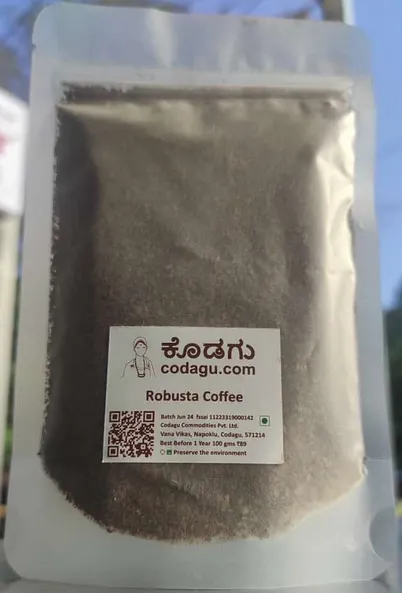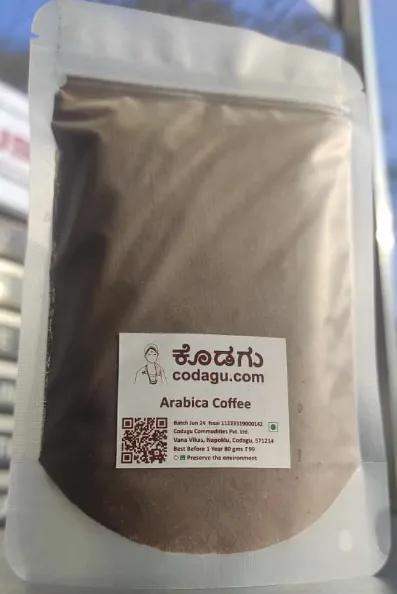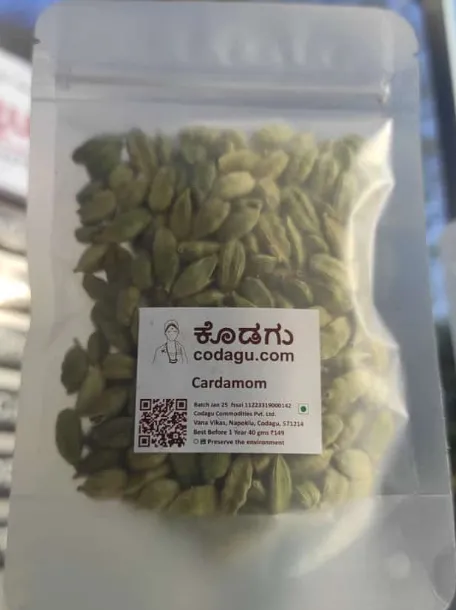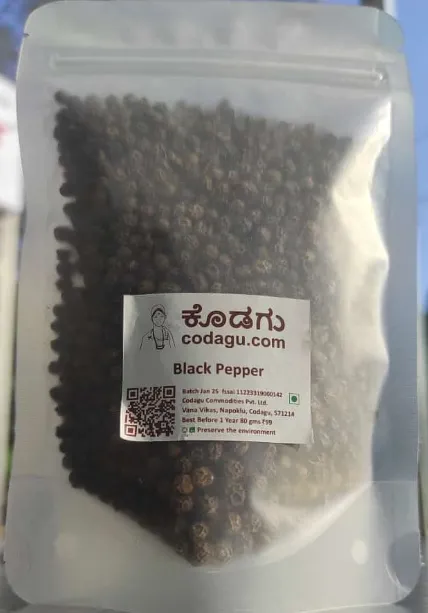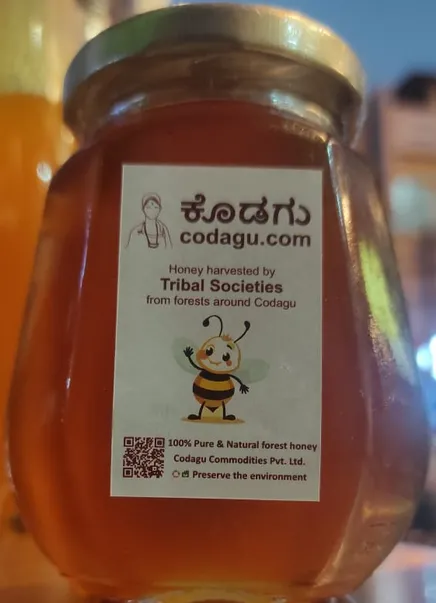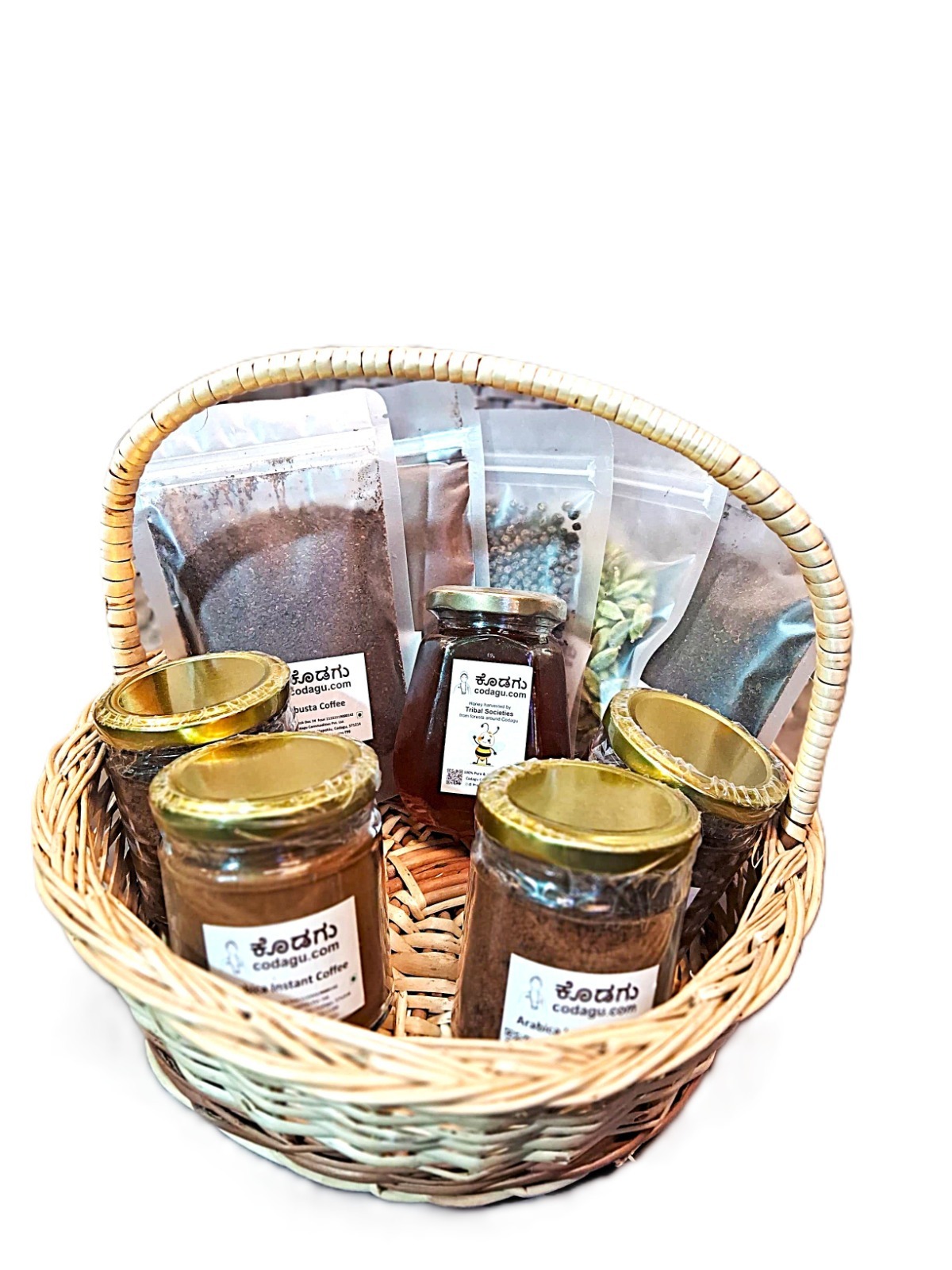The Coffee Bean's Transformation: A Journey from Cherry to Cup
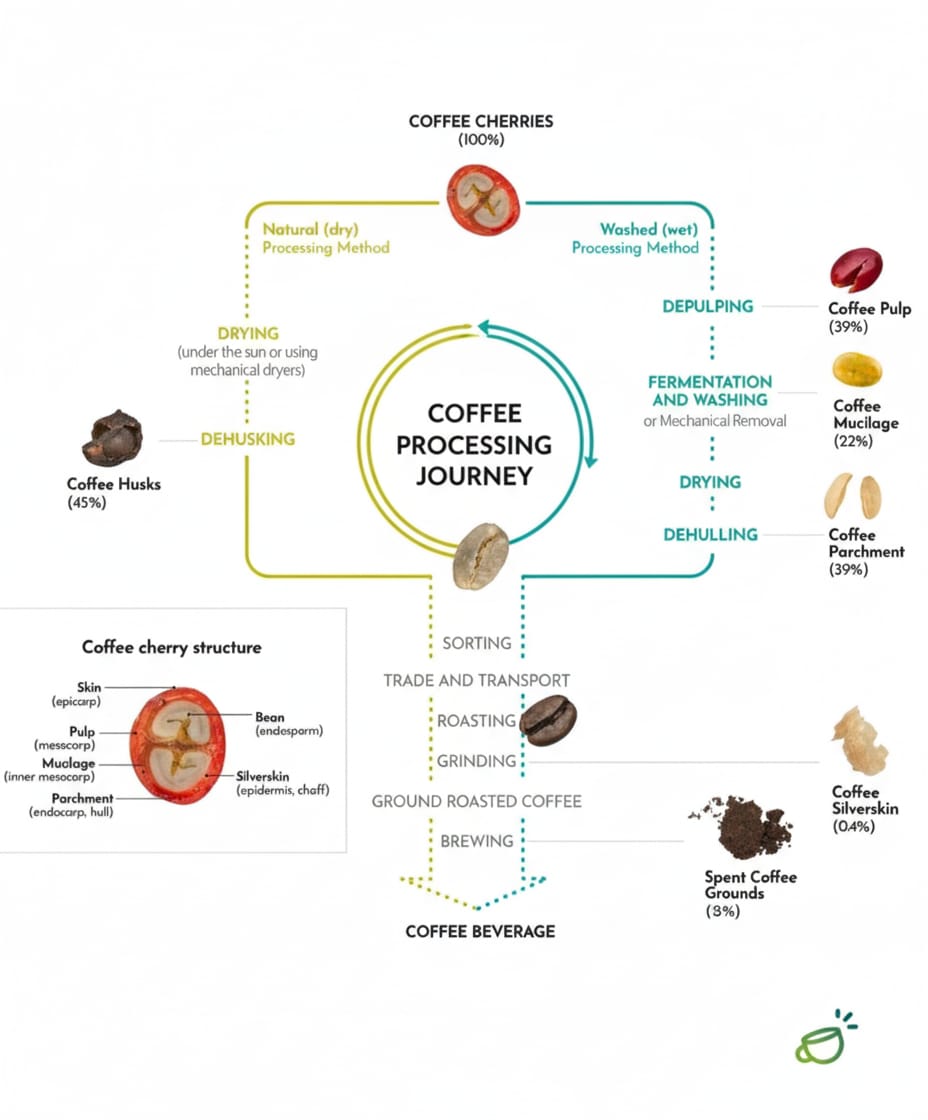
The morning ritual of brewing coffee begins not in a roaster, but on a farm where coffee cherries grow. Understanding the structure of the coffee cherry—which contains the valuable bean (endosperm) encased in pulp, mucilage, and parchment—is key to appreciating its journey. The process of removing these layers significantly impacts the final flavor of your brew, leading to two main methodologies: the Natural (Dry) method and the Washed (Wet) method. These steps are crucial for preparing the green coffee bean for its next stages of global transport and eventual roasting.
The Natural (Dry) Processing Method is the oldest technique, and it involves drying the entire cherry, including the pulp and skin, under the sun or in mechanical dryers. During this time, the fruit's sweetness and sugars are absorbed by the bean, leading to a typically fruitier, heavier-bodied, and more complex flavor profile once roasted. After sufficient drying, the entire dried fruit, now referred to as coffee husks (45%), is removed from the bean through a process called dehulling. This method is often more sustainable in water-scarce regions, but it requires careful monitoring to prevent over-fermentation or mold.
In contrast, the Washed (Wet) Processing Method begins by immediately removing the outer skin and pulp through depulping. This leaves the bean encased in a sticky layer called mucilage. The mucilage is then removed either by fermentation and washing or through mechanical scrubbing. The washed process results in a clean, bright, and often more acidic flavor profile, highlighting the inherent characteristics of the coffee variety and its origin. The resulting bean, still in its parchment (39%) layer, is then dried before the final dehulling step removes the parchment and any remaining silverskin.
Regardless of the initial processing choice, the resulting green coffee bean is prepared for sorting, trade, and transport to roasters around the world. At its destination, the final stages of transformation occur: the green beans are roasted to unlock their aromas and flavors, ground by the consumer, and finally brewed into the coffee beverage we enjoy. Every step, from the initial cherry structure to the precise processing method and the final grind, is a deliberate choice that shapes the flavor of the final cup, leaving behind only the spent coffee grounds.





